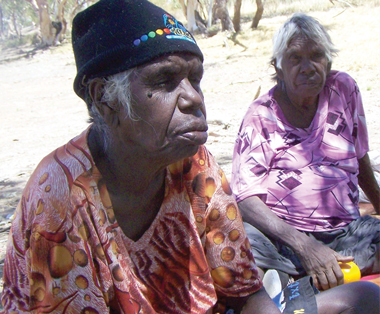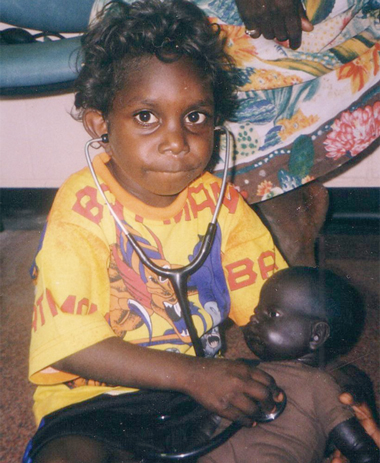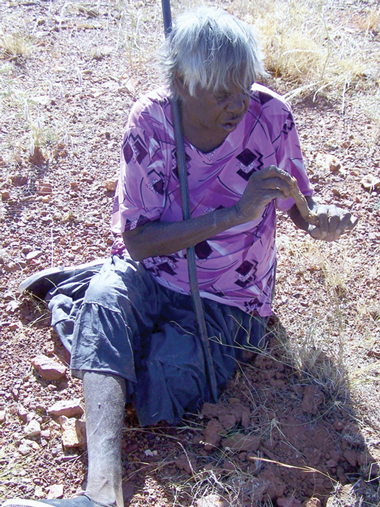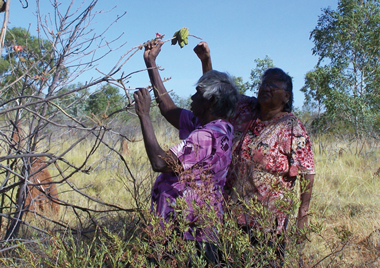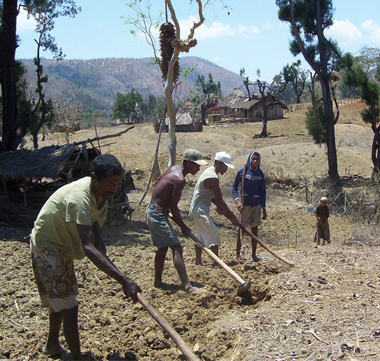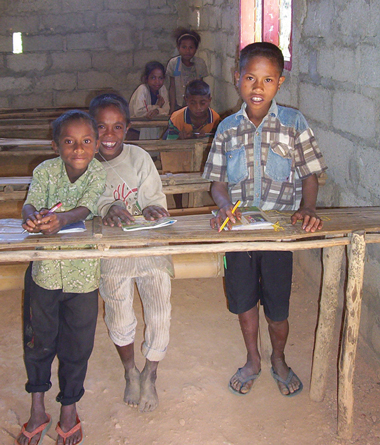A child is born to be cared for, loved and nurtured. However, the hope that birth brings is not to be taken for granted. Where, and in what circumstances, the new life takes hold is a lottery that some win and others lose. I have worked for some years in both East Timor and Central Australia. I find the burden of despondency and disease heavier in my own country than in East Timor.
I reflected on all of this when I went out to a mission settlement, Kumanjai Creek (near Tennant Creek, in the Barkly region of the Northern Territory), with three sisters, Connie, Joyce and Theresa. We stood on slabs of cement as the women explained:
This was the “half-caste” dormitory; this was the kitchen; this is where we were locked in; this is where the boys slept. We had to carry out toilet buckets past the boys in the mornings and they mocked us.
being a child who had to run away with my family for hundreds of kilometres because a white man was killed and I might be killed in retaliation;
landing at a mission, being locked in at night, being beaten, eating only flour, rice and goats milk, eating no fruits or bush tucker, and little meat or vegetables;
being that “half-caste” child separated from those I loved and locked up with others of lighter skin in a separate dormitory;
being sent away because of my colour, while those who remained banged their heads with rocks as if in mourning for the dead.
The wheel keeps turning. Now the old people can’t sleep at night because younger people are drinking too much alcohol. What can be done? They don’t know; no one knows. They care for others’ children because part of a generation is lost. What will happen when they are gone? A 3-week-old baby, his mother, father and sister, his grandmother and 89-year-old great-grandmother live in a tin shed without power, water or sanitation. That newborn doesn’t have a fair chance.
We hope there will be funding for ear, nose and throat surgeons to visit regularly so that the hundreds of children of the Barkly needing surgery will be spared the long waiting lists and midnight bus trips to Alice Springs. We hope for more dialysis beds so that the incoming wave of patients with renal failure will not be faced with the choice between exile in Alice Springs or death. We hope for more public health staff to tackle scabies, strongyloidiasis, alcoholism, diabetes and the other medical curses of the inland. We hope for more social workers and child protection officers to help and follow up children at risk.
I have worked in East Timor,1 where, despite enormous poverty, the people are rebuilding their communities after a long period of destruction (related to the Indonesian occupation and resulting civil conflict). They have regained their sovereignty, and preserved their language and beliefs. They retain their hope while many of our own people do not. In East Timor, the thread of culture is not broken. The spirit and structure of society survives. The indigenous people still plant their corn, tend their caribou and thatch their houses as before. There are changes at the margin but the fabric of their society is not torn asunder.
- Colette L Livermore1
- Health Centre, Anyinginyi Health Aboriginal Corporation, Tennant Creek, NT.
- 1. Livermore C. Hope endures. Sydney: William Heinemann, 2008.





